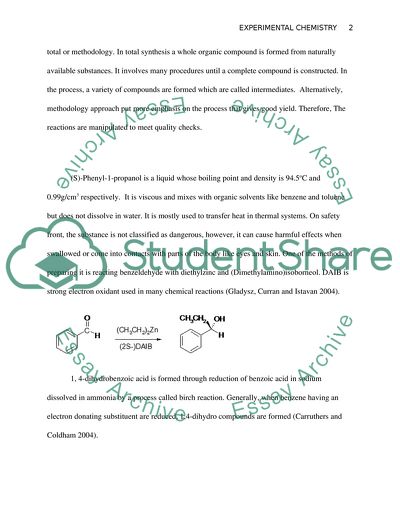Cite this document
(“Organic Synthesis Sterine, (S)-Phenyl-1-Propanol and 1, Assignment”, n.d.)
Retrieved from https://studentshare.org/chemistry/1595666-experimental-chemistry
Retrieved from https://studentshare.org/chemistry/1595666-experimental-chemistry
(Organic Synthesis Sterine, (S)-Phenyl-1-Propanol and 1, Assignment)
https://studentshare.org/chemistry/1595666-experimental-chemistry.
https://studentshare.org/chemistry/1595666-experimental-chemistry.
“Organic Synthesis Sterine, (S)-Phenyl-1-Propanol and 1, Assignment”, n.d. https://studentshare.org/chemistry/1595666-experimental-chemistry.


